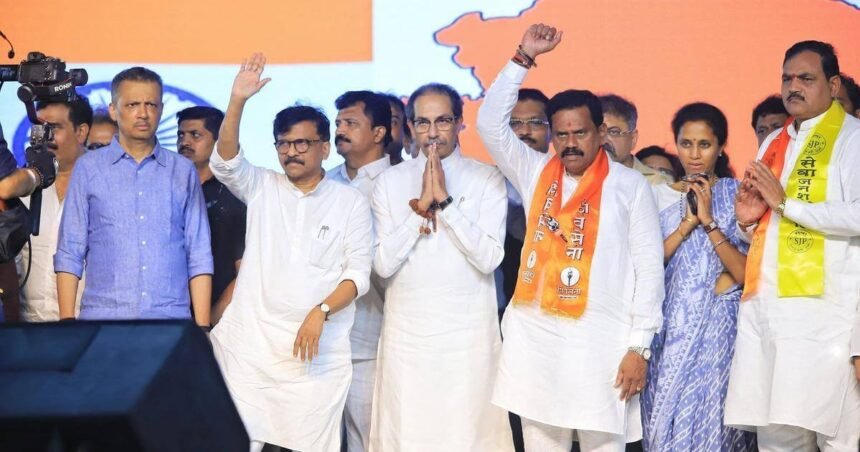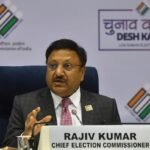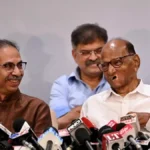The Maha Vikas Aghadi (MVA) alliance, comprising the Shiv Sena (Uddhav Balasaheb Thackeray faction), the Nationalist Congress Party (NCP) led by Sharad Pawar, and the Indian National Congress, has been a significant force in Maharashtra politics since its formation in 2019. Here is an analysis of its strengths and weaknesses:
Strengths
- Broad Coalition:
- The MVA brings together diverse political ideologies and voter bases, including the urban support of Shiv Sena, the rural and agrarian base of the NCP, and the traditional Congress voters. This broad coalition helps in consolidating votes across different demographics and regions.
- Leadership and Experience:
- The alliance is led by experienced politicians like Uddhav Thackeray, Sharad Pawar, and senior Congress leaders. Their political acumen and experience in governance provide stability and strategic direction to the coalition.
- Electoral Success:
- The MVA demonstrated significant electoral success in the 2024 Lok Sabha elections, winning 31 out of 48 seats in Maharashtra. This performance indicates strong voter support and effective campaign strategies.
- Unified Opposition:
- The MVA has positioned itself as a unified opposition against the BJP-led Mahayuti alliance. This unity is crucial in presenting a formidable challenge to the ruling coalition and mobilizing anti-BJP sentiments among voters.
- Issue-Based Campaigning:
- The MVA has effectively campaigned on key issues such as farmers’ distress, unemployment, and social justice. By addressing these concerns, the alliance has been able to connect with a broad spectrum of voters, particularly in rural areas.
Weaknesses
- Ideological Differences:
- The MVA is an alliance of parties with differing ideologies. The Shiv Sena’s Hindutva stance contrasts with the secular positions of the Congress and NCP. These ideological differences can lead to internal conflicts and challenges in maintaining a cohesive policy direction.
- Internal Tensions:
- Reports of rifts and disagreements among the alliance partners have surfaced, particularly over seat-sharing and candidate selection. For instance, Uddhav Thackeray’s unilateral announcement of candidates for the legislative council elections without consulting allies created tensions within the coalition.
- Leadership Rivalries:
- Leadership rivalries, particularly within the NCP, have posed challenges. The split between Sharad Pawar and Ajit Pawar has created factionalism within the party, affecting the overall unity and strength of the MVA.
- Electoral Arithmetic:
- The failure to forge alliances with other significant political entities, such as the Vanchit Bahujan Aghadi (VBA), has fragmented the anti-BJP vote. The VBA’s independent stance has been seen as a factor that could potentially divide the opposition vote, benefiting the BJP.
- Public Perception:
- The MVA’s formation was seen as an “unnatural alliance” by some voters, given the historical antagonism between the Shiv Sena and the Congress-NCP. This perception can affect voter trust and support, particularly among the core supporters of these parties.
- Operational Challenges:
- Managing a coalition with varied interests and ensuring effective coordination among the partners is a significant operational challenge. The need for constant mediation and conflict resolution can divert attention from governance and campaign efforts.
Conclusion
The Maha Vikas Aghadi alliance has demonstrated its electoral strength and ability to challenge the BJP-led Mahayuti in Maharashtra. However, its success hinges on managing internal differences, maintaining unity, and effectively addressing voter concerns. The upcoming state assembly elections will be a critical test for the MVA, determining its ability to sustain its momentum and present a cohesive front against its political rivals.








